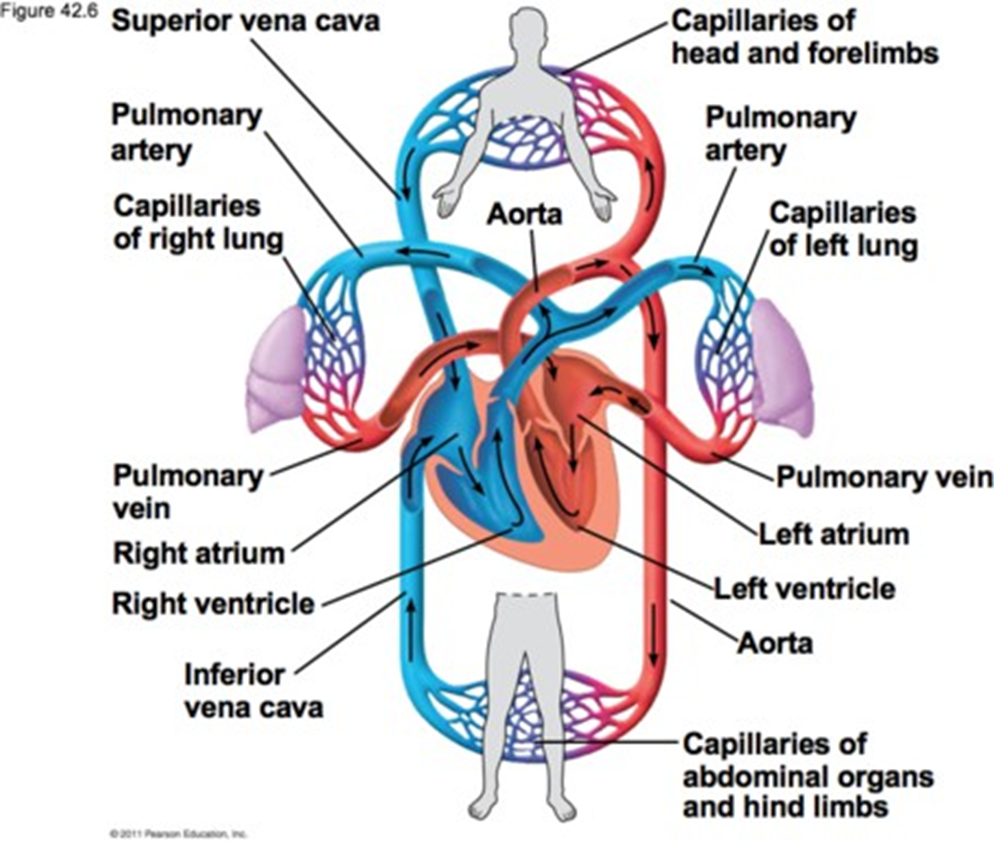A newborn child has been diagnosed with tetralogy of Fallot. What symptoms would the nurse expect to observe in this child?
Cyanosis and hypoxia
High-pitched cry and dyspnea
Leg pain and twitching
Epistaxis and anemia
The Correct Answer is A
Choice A rationale
Tetralogy of Fallot is a congenital heart condition that presents with a combination of four defects in the structure of the heart. The most common symptoms in a newborn with this condition include cyanosis (bluish color of the skin due to reduced oxygen in the blood) and hypoxia (low levels of oxygen in the body)34567.
Choice B rationale
While a high-pitched cry can be a sign of distress in a newborn, it is not specifically associated with tetralogy of Fallot. Dyspnea (difficulty breathing) can occur in severe cases, but it is not one of the primary symptoms of this condition.
Choice C rationale
Leg pain and twitching are not typical symptoms of tetralogy of Fallot. These symptoms could be indicative of other conditions, but they are not associated with this specific congenital heart defect.
Choice D rationale
Epistaxis (nosebleeds) and anemia are not typical symptoms of tetralogy of Fallot. While these conditions can occur in children for various reasons, they are not directly related to this specific congenital heart defect.
Nursing Test Bank
Naxlex Comprehensive Predictor Exams
Related Questions
Correct Answer is C
Explanation
Choice A rationale
This sequence is incorrect because it suggests that blood goes from the lungs to the pulmonary artery, which is not accurate. The pulmonary artery carries deoxygenated blood from the heart to the lungs.
Choice B rationale
This sequence is incorrect because it suggests that blood goes from the pulmonary vein to the lungs, which is not accurate. The pulmonary vein carries oxygenated blood from the lungs to the heart.
Choice C rationale
This sequence correctly describes the direction of blood flow through the heart and lungs. Deoxygenated blood enters the right atrium, goes to the right ventricle, then is sent to the lungs via the pulmonary artery. After picking up oxygen in the lungs, the blood returns to the heart via the pulmonary vein, entering the left atrium, then the left ventricle, from where it is pumped out to the rest of the body.
Choice D rationale
This sequence is incorrect because it suggests that blood goes from the pulmonary vein to the pulmonary artery, which is not accurate. The pulmonary vein carries oxygenated blood from the lungs to the heart, and the pulmonary artery carries deoxygenated blood from the heart to the lungs.

Correct Answer is D
Explanation
Choice A rationale
While calf tenderness and swelling after a plane ride could potentially indicate a deep vein thrombosis, this condition is not immediately life-threatening in most cases. The patient would need evaluation and treatment, but other patients might have more urgent needs14.
Choice B rationale
A patient taking anticoagulants for atrial fibrillation who has black stools could potentially have gastrointestinal bleeding, which would need evaluation. However, this condition might not be immediately life-threatening, and other patients might have more urgent needs14.
Choice C rationale
A patient with a gangrenous foot ulcer and a weak pedal pulse would need evaluation and treatment. However, this condition might not be immediately life-threatening, and other patients might have more urgent needs14.
Choice D rationale
A patient reporting sudden sharp and severe upper back pain could potentially have an aortic dissection, which is a life-threatening condition that requires immediate evaluation and treatment. Therefore, this patient should be assessed first14.
Whether you are a student looking to ace your exams or a practicing nurse seeking to enhance your expertise , our nursing education contents will empower you with the confidence and competence to make a difference in the lives of patients and become a respected leader in the healthcare field.
Visit Naxlex, invest in your future and unlock endless possibilities with our unparalleled nursing education contents today
Report Wrong Answer on the Current Question
Do you disagree with the answer? If yes, what is your expected answer? Explain.
Kindly be descriptive with the issue you are facing.
